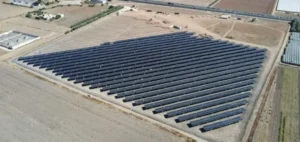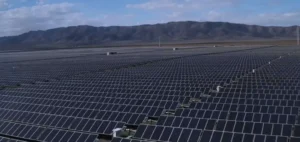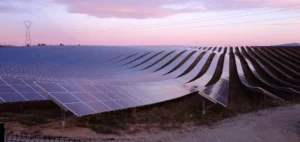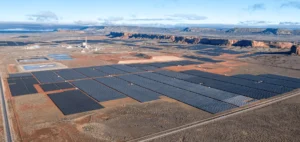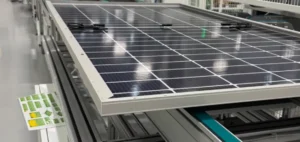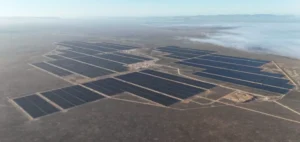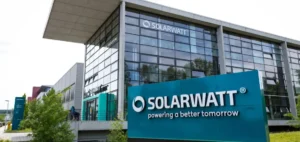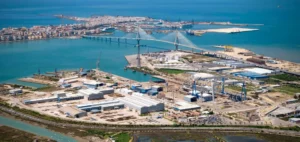Pakistan expects rooftop solar generation to exceed national grid demand in several major industrial hubs for the first time in 2026. This development marks a critical shift in the country’s energy mix and challenges the management of its existing infrastructure.
Industrial consumers driving solar adoption
According to Pakistan’s Ministry of Climate Change, daytime electricity consumption could turn negative in areas such as Lahore, Faisalabad and Sialkot, where industrial companies have heavily invested in off-grid solar systems. These behind-the-meter installations significantly reduce reliance on the centralised grid.
Frequent power outages and rising tariffs have led businesses to adopt photovoltaic solutions en masse. With a population of approximately 250 million, Pakistan is now the world’s third-largest solar panel importer. This trend has increased local solar capacity while weakening the financial stability of public electricity distributors already burdened by debt.
Tariff and regulatory reform underway
In response, authorities are preparing a tariff overhaul targeting large solar users. The government plans to introduce new grid maintenance contribution fees for companies equipped with panels, aiming to sustain the financial balance of national grid operators.
Meanwhile, grid demand is expected to rise moderately by 3–4% this year, a slower pace than the historical average. Next year, consumption may be further impacted by growing solar use, particularly during bright summer afternoons, industrial holidays, or moderately warm days.
Impact on gas imports and energy contracts
The rapid growth of solar is also prompting adjustments in liquefied natural gas (LNG) supply contracts. Pakistan has suspended shipments from Italy’s Eni and is seeking to renegotiate its long-term deals with Qatar.
The aim, according to the ministry, is to secure more flexible and affordable supply conditions in line with seasonal demand drops due to solar production. No formal talks were held with Qatar at COP30, but diplomatic engagements took place on the sidelines of the summit with energy ministers and commercial representatives.



